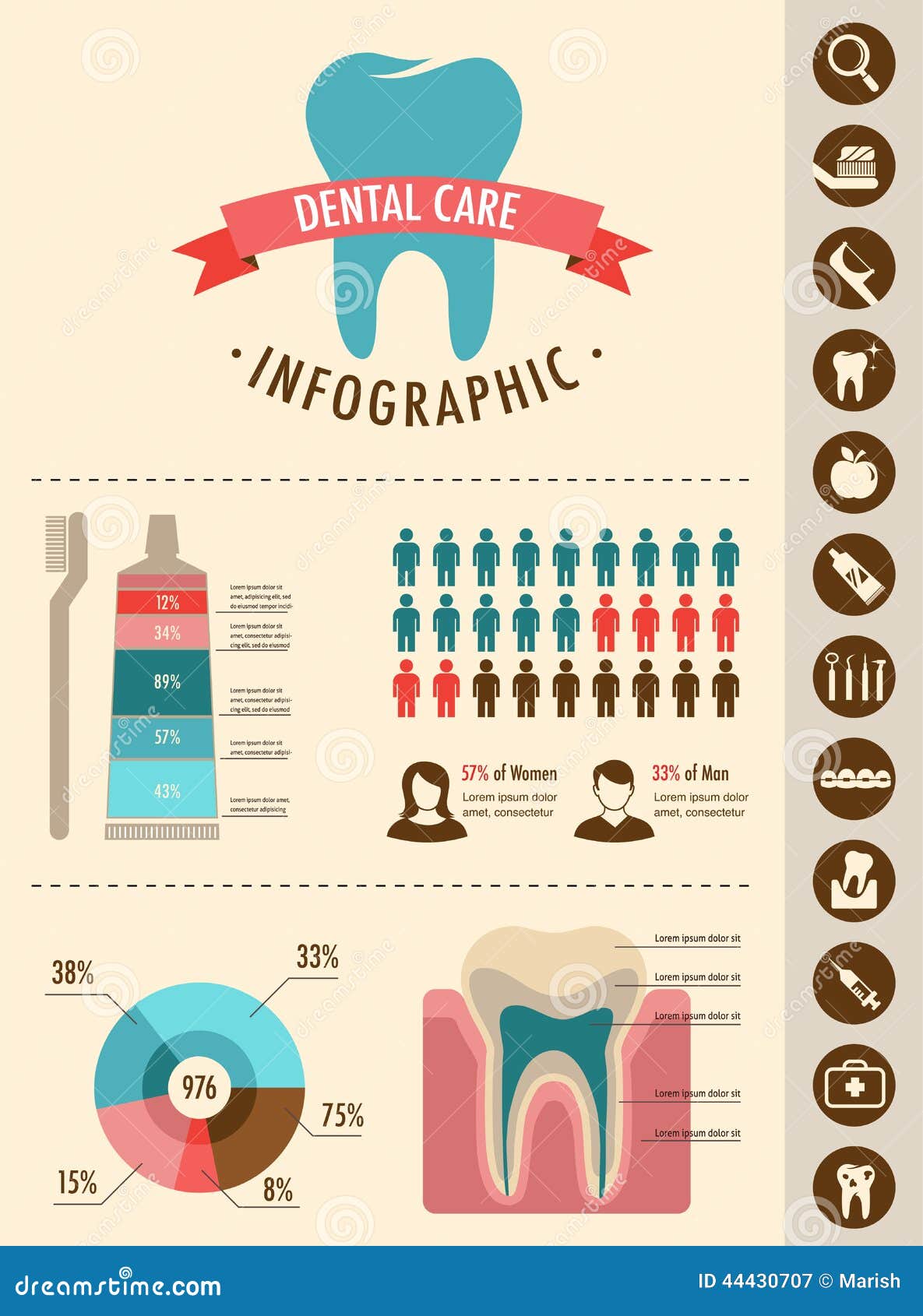A Thorough Comparison Of Invisalign Versus Traditional Dental Braces
A Thorough Comparison Of Invisalign Versus Traditional Dental Braces
Blog Article
Created By-Houston Isaksen
When faced with the choice in between Invisalign and traditional braces, you could question which option aligns much better with your way of living and preferences. The option includes more than just the aesthetic appeal; it looks into elements like treatment duration, convenience, and lasting oral health effects. Consider the impact each choice may carry your everyday routine and self-confidence. As we check out the detailed contrast, you'll get understandings right into the subtleties that make these orthodontic therapies special and uncover which one may be the much better fit for you.
Products and Building
When comparing Invisalign to standard braces, the materials and construction differ significantly. Invisalign includes clear, smooth plastic aligners tailor-made to fit your teeth. These aligners are basically invisible, making them a popular selection for those seeking an extra very discreet orthodontic treatment.
On visit my home page , typical dental braces involve metal braces that are glued to your teeth. These braces are then connected by cables and rubber bands, using pressure to slowly shift your teeth into the wanted position.
The construction of Invisalign aligners permits a much more comfy fit compared to traditional dental braces. The smooth plastic product minimizes inflammation to your cheeks and gums, which is an usual concern with steel braces and cords. Additionally, Invisalign aligners are removable, making it simpler to brush and floss your teeth without any obstructions.
On the other hand, standard braces are dealt with onto your teeth, needing additional treatment and time for correct maintenance.
Maintenance and Oral Health
The upkeep and dental hygiene practices vary between Invisalign and standard braces as a result of their distinct layout and building and construction.
With Invisalign, you can get rid of the aligners when eating or cleaning your teeth, allowing you to preserve your routine oral health routine without any blockages. It's critical to brush your teeth after eating before placing the aligners back on to stop food particles from getting entraped and creating decay.
On the other hand, traditional dental braces call for added focus to maintain your teeth clean. Food fragments can quickly get embeded the brackets and cords, leading to plaque buildup and potential dental caries. You'll require to use special devices like interdental brushes or floss threaders to clean between the cables and braces successfully.
Normal dental examinations and cleanings are necessary to ensure that your oral health is in leading problem while putting on traditional dental braces.
Exposure and Appearance
Exposure and visual appeals play a significant role in the contrast between Invisalign and conventional braces. When it concerns look, Invisalign supplies a clear benefit over standard braces. Invisalign aligners are basically invisible, making them a preferred choice for those that favor a much more discreet orthodontic treatment choice.
Unlike the recognizable steel brackets and cords of traditional dental braces, Invisalign aligners are clear and assimilate with your natural teeth, allowing you to grin with confidence throughout your therapy.
Typical braces, on the other hand, are a lot more obvious because of their steel parts. While dentist with payment plans near me might go with vivid bands to customize their dental braces, others could feel self-conscious about the exposure of these orthodontic devices. The noticeable appearance of conventional braces can sometimes affect a person's self-esteem, especially for adults in specialist settings.
Conclusion
In conclusion, when selecting between Invisalign and traditional braces, consider your lifestyle and preferences. Invisalign uses a very discreet and comfortable alternative with simple upkeep, while standard dental braces supply colorful customization yet may impact self-confidence.
Ultimately, the decision ought to be based on what works best for you in regards to visual appeals, comfort, and convenience. Make sure to seek advice from your orthodontist to establish the most ideal therapy for your individual needs.
